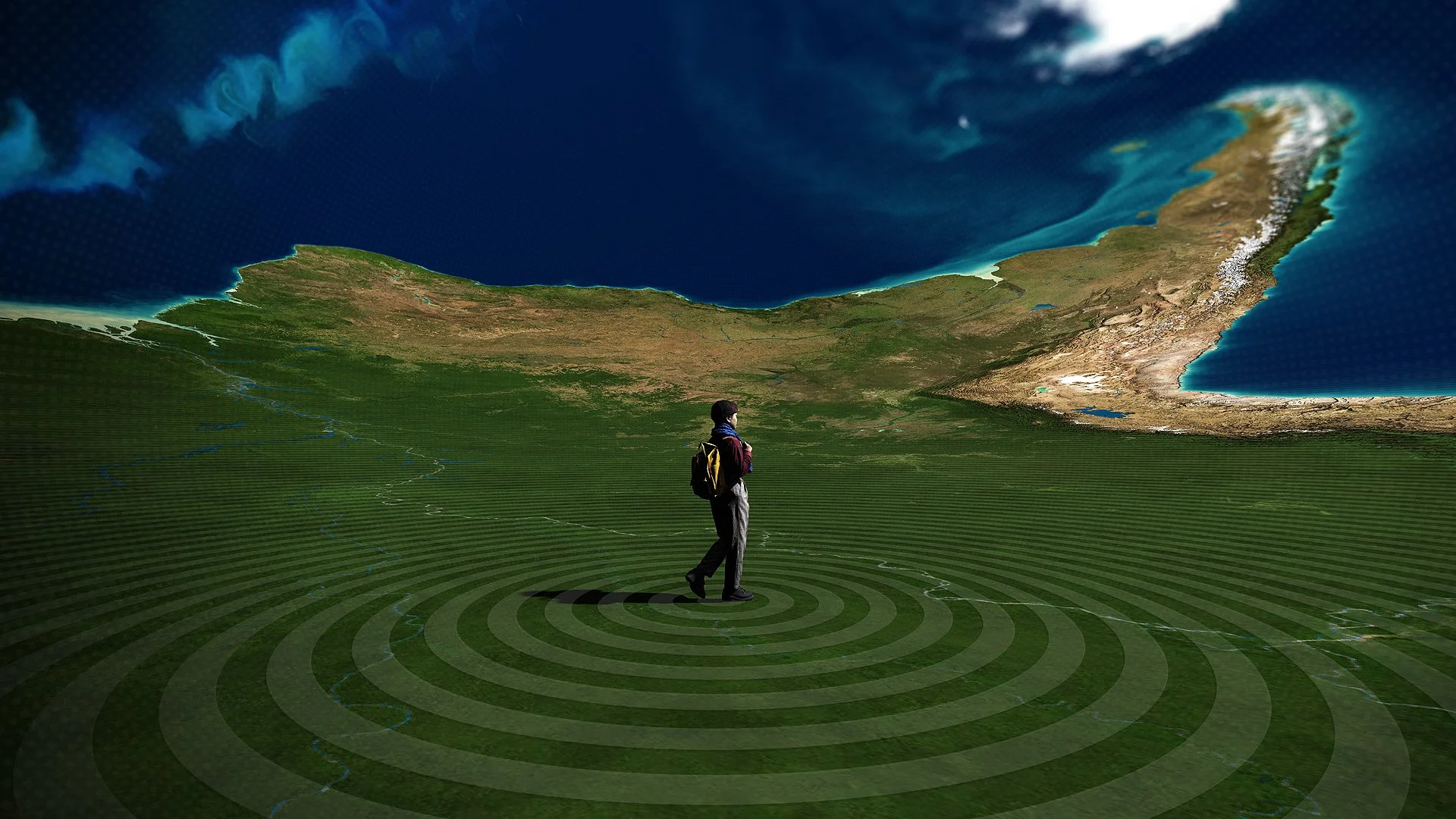InnerEarth
This is a very special idea that we hope we can make happen in a near future, using VR to enhance our awareness of the real world instead of further disconnecting us from it.
Utilizing virtual reality for fostering planetary consciousness
As of 2021, only around 575 astronauts have experienced the profound perspective shift of viewing our planet from a distance, known as the 'Overview Effect.' This equates to roughly 1 person in every 13.6 million, making it an incredibly rare privilege.
Nevertheless, our world has never been more observable than it is today. Earth's imagery has become widespread in technologically-advanced societies due to the growing number of satellites that continually provide breathtaking and detailed images of our planet.
However, witnessing our homeworld on a small device is markedly different from actually being out in space. In this regard, virtual reality can contribute by not distancing us from Earth, but rather assisting in reconnecting us to patterns, synergies, processes, cycles, and scales that would otherwise be beyond our sensory grasp.
With this intention, we propose a concept we call 'InnerEarth'.
InnerEarth envisions a fully immersive environment that displays geographic information while employing virtual reality capabilities for storytelling and gamification.
Imagined in 2011, InnerEarth features the Complex Logarithmic Spherical View, a projection based on the groundbreaking Complex Logarithmic View developed by Dr. Joachim Böttger. It is a radical way of representing the planet across scales. It offers a detail-in-context view of our world, making possible to see local, regional, continental and global environments all at once, as part of the same perceptual spectrum.
A unique aspect of InnerEarth is the lack of a horizon.
Etymologically, the term "horizon" signifies a "dividing circle" – a boundary that separates the known from the unknown, requiring movement to explore, experience, and remember. Our everyday perception of planetarity, or the state of being embedded within a planetary system, is defined by a linear horizon.
When fortunate enough to view the horizon, whether from a vast flat expanse or a high point, our perception of the finite yet boundless world is still constrained by the planet's curvature.
At sea level, the horizon lies approximately 5 kilometers away. From the tallest skyscraper, it extends to around 100 kilometers. Atop Sagarmatha/Chomolungma (Mount Everest), the horizon reaches 336 kilometers.
However, when we lie on the ground to observe clouds or stars, the linear horizon transforms into a perceptually circular one. The boundlessness of space is encircled by the ground immediately surrounding us.
The astronaut's perspective serves as the perceptual equivalent of cloudgazing and stargazing.
The Earth's finite disk is bordered by the vast emptiness of space, spanning interplanetary, interstellar, and cosmological realms. However, a complete view of our planet hasn't been experienced for several decades, as astronautic activities have been limited to low orbits since Apollo 17 in 1972.
We are surrounded by depictions of globality, with maps and apps ubiquitous. Yet, the horizon issue persists. Regardless of their projections, maps have boundaries and globes have edges.
InnerEarth eliminates the horizon, presenting a distinctive perspective of enclosed planetary space. This convenient geographical representation, or planetary agora, facilitates seamless visual exploration of our Earthly environment across various scales.

